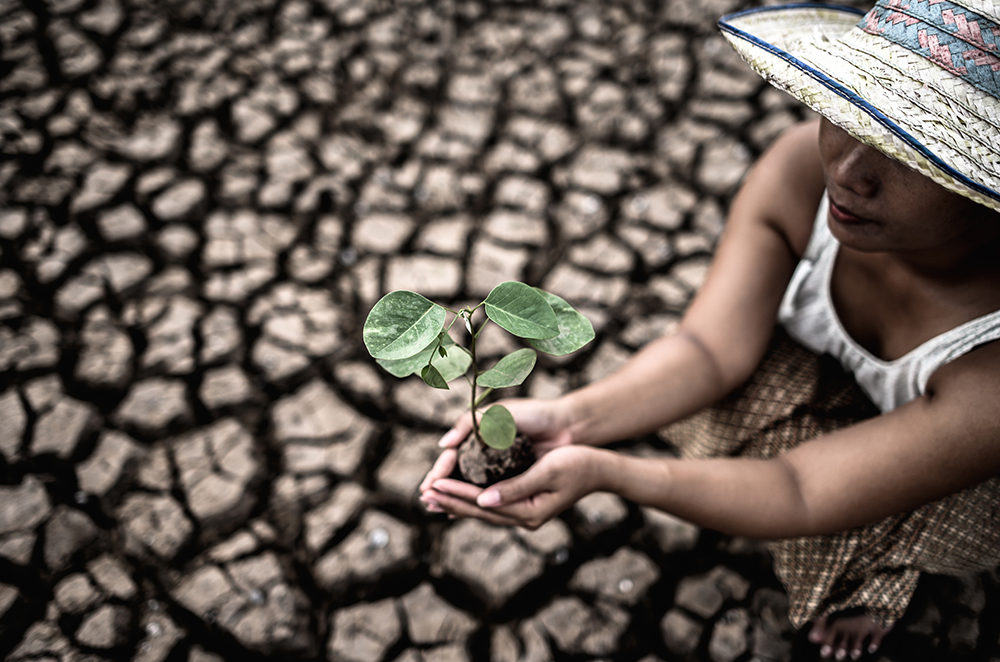
Women and Climate Change
Fecha: 06/03/2023
Gender inequality impacts women in almost all aspects of their daily life. And according to recent studies by the UN, this is also true when it comes to climate change: “The adverse effects of drought, floods, hurricanes (...) are often felt more keenly by women than men as a result of systemic gender discrimination and societal expectations related to gender roles.”
Almost everywhere in the world women are the ones who cultivate land, which means they are also the first to lose their livelihood after a drought or flood. They are also a majority in the informal economy, a sector highly impacted by any extreme weather event. Furthermore, women have to endure the increase in gender-based violence that studies show follows climate-induced disasters.
Gender inequality is costing many women their lives. In the words of UN Secretary-General António Guterres: “When climate disasters strike, as they do with increasing frequency, research shows that women and children are up to 14 times more likely than men to die.”
The Case of Latin America
Eliana Rubiano, an economist at the World Bank, explains that “gender discrimination in Latin America and the Caribbean manifests in many ways: in job market participation, access to public services, and in the pay gap. Also, in the participation of women in decision making processes.”
“Additionally, –she continues– with 14 of the 25 countries with the highest numbers of femicides, Latin America has one of the highest gender-based violence rates.” All this makes women more vulnerable to the economic and health issues aggravated or brought up by climate change.
For Patricia Espinosa, former Executive Secretary of the UNFCCC, the answer is to include women in the search for viable solutions: “Climate change or any other challenge of humanity cannot be addressed if we leave half of the population of the world behind.”
Espinosa explains women “are critical to crafting climate solutions, but are often marginalized from climate leadership. We must ensure that women are fully empowered to participate, to contribute and to lead very strong climate action all over the world.”
In fact, according to field experience gathered by the UNDP, it is essential to take gender dynamics into account when designing and putting in practice solutions to the problems caused by climate change.
Women “are early adopters of new agricultural techniques, first responders when disaster strikes, and important decision-makers at home about energy and waste.” Therefore, solutions designed with their needs in mind are more likely to be truly impactful and sustainable through time.
In spite of the gender gap, many women –from the most advanced science labs in the world to the most rural of communities– are already leading efforts to find effective and inclusive answers to climate change issues. Answers that are developed by and for the most vulnerable.
